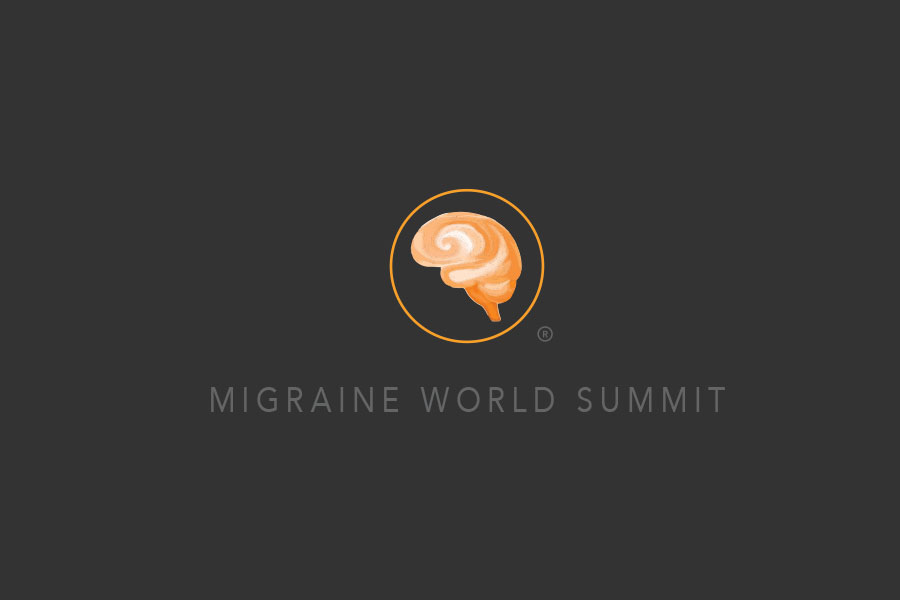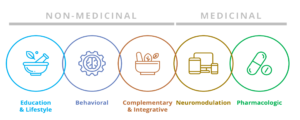Carl Cincinnato
Daily unremitting migraine attacks are perhaps one of the most severe and debilitating forms of migraine disease. Is chronic migraine a life sentence, or can it be controlled?
Dr. David Dodick is one of the world’s leading authorities on the science of migraine today. He leads the Mayo Clinic headache program and is the immediate past president of the International Headache Society. Dr. Dodick is a professor of neurology and also the chair of the American Migraine Foundation, a nonprofit dedicated to awareness, patient education, and support. His research interests include the basic mechanisms and pathogenesis of chronic headache, and the investigation of new treatments for chronic headache.
What makes chronic migraine a different beast to episodic migraine?
Dr. Dodick: “Curiously, we picked 15 days in a month to define chronic migraine; you know how we did that? Because it’s half of 30. So it was a very arbitrary line. It so happens, though, that when you look at the brain of someone who has 15 or more headache days in a month compared to those who have 14 or less, the brain looks different. The cortex of the brain looks different.
I tell patients that the brain’s like an apple: you have a cortex, which is like the skin of the apple, and you have everything underneath the cortex. We call it subcortical white matter and gray matter. It’s like the pulp of the apple. There’s actually some changes in the cortex that occur. Areas of the brain that process pain become thicker and other areas in the brain become thinner in patients with chronic migraine.
The other thing that happens is everything else that’s underneath the cortex, the skin of the apple, is so interconnected. And we see changes in what we call connectivity. So the strength of the connection between one area of the brain and another area of the brain is heightened. So, for example, if the pain area is more functionally connected to the visual area, I’m going to be very sensitive to light. If the pain area is more functionally connected to the balance area, I’m going to be dizzy or unsteady, or maybe even I’ll have vertigo and so on. So the strength of those functional connections in the brain are why patients with chronic migraine always seem to be sensitive to light; always seem to be sensitive to sound; always seem to be in kind of a brain fog actually, because it’s also hooked up with other areas of the brain that control thinking and concentration and processing information. Importantly, they’re also hooked up to areas of the brain that control emotion and mood. And so that’s why people become a little despondent, depressed and anxious, because of those connections that are strengthened.”
What percentage of people do not get better with adequate treatment, and how do I know if I’m one of them?
Dr. Dodick: “Well, you have to be seen in a tertiary or quaternary headache center. If you’re really suffering, you need to be seen in a center that does this every day. And that takes a multidisciplinary approach…
If they can’t be managed in an integrated way with all these specialists coming from all these different angles, then they go through our pain rehabilitation program…
I can manage 80 percent in my clinic and another proportion in the hospital, it becomes very seldom that I put patients through this pain rehabilitation program. We see thousands of patients every year. Approximately a couple of dozen, certainly less than 100 people go through our pain rehabilitation program [each year]. And of those, 60% come out better at least. So it becomes a very tiny fraction of patients who we are not able to help.”
Watch the full interview to find out:
How do you treat someone who says they have already tried everything?
What is central sensitization and how does it relate to chronic and episodic migraine?
How do you treat someone who is never pain-free?
What are the risk factors that lead people to develop chronic migraine?
Why do some people recover from chronic migraine spontaneously?
What types of migraine improve with age?
Why do some people’s chronic migraine get better at younger ages?
How can I participate in migraine research studies?
How should I keep track of migraine triggers when my symptoms are constant?
How can migraine triggers be made irrelevant?
When should someone be hospitalized because of chronic migraine?
Why are some doctors still unaware of chronic migraine, and how can this problem be addressed?
Watch Dr. David Dodick’s interview preview here or order it as part of the Migraine World Summit package from this page >>
If you previously purchased the 2019 Migraine World Summit, you are all set to login to watch the full interview.
Posted in: Migraine Education





